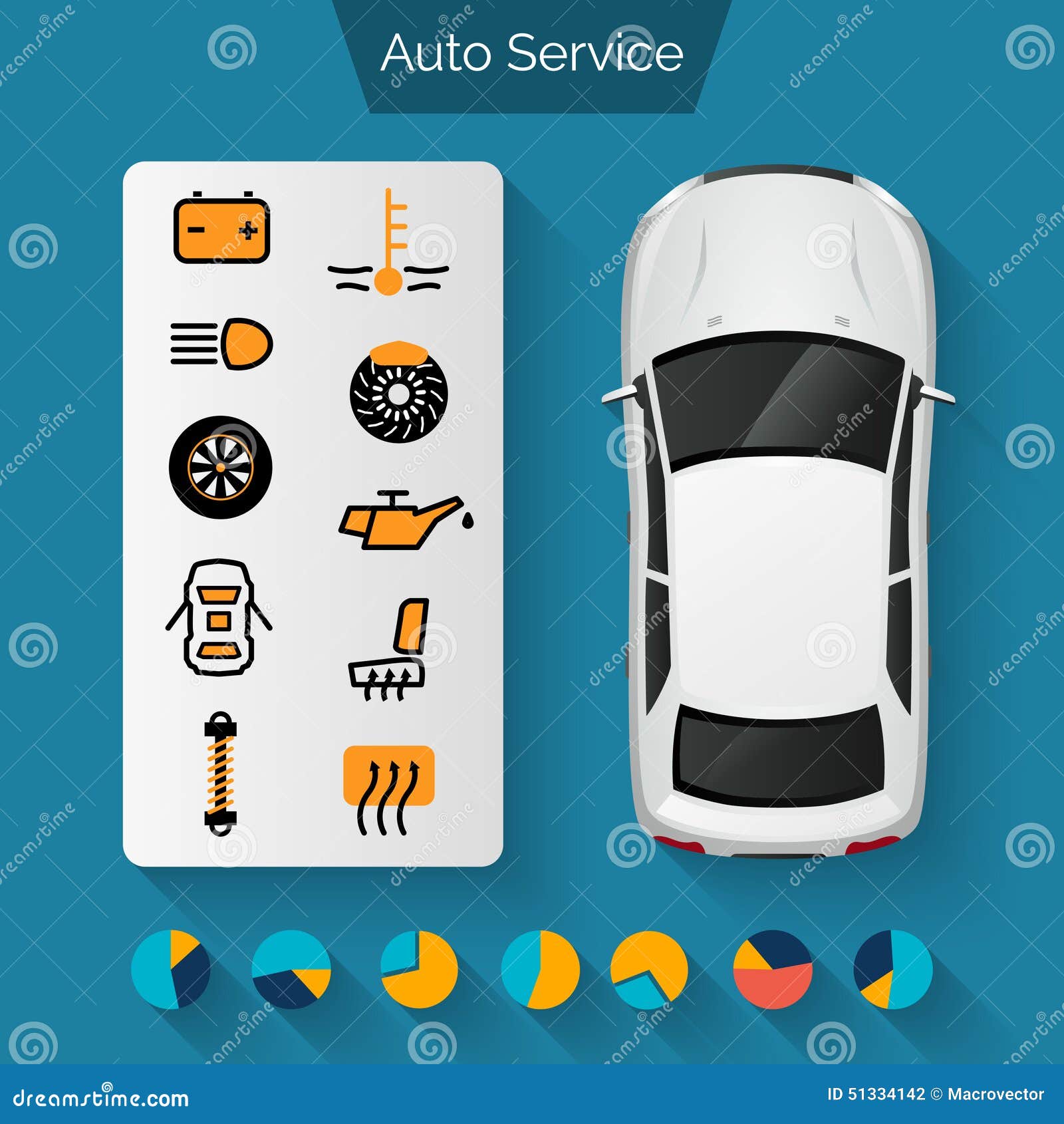Understanding The Definition Behind Your Automobile'S Warning Lights: A Comprehensive Appearance
Understanding The Definition Behind Your Automobile'S Warning Lights: A Comprehensive Appearance
Blog Article
Published By-Sykes Shepherd
When you lag the wheel, those beautiful caution lights on your dashboard can be a little bit puzzling. Do you know what they're trying to tell you regarding your auto's wellness? Comprehending the significance of these lights is important for your safety and security and the longevity of your vehicle. So, the next time one of those lights turns up, wouldn't you wish to understand its message accurately and take the needed actions to resolve it?
Common Caution Lights and Interpretations
Determine common warning lights in your automobile and understand their definitions to make sure risk-free driving.
The most regular warning lights consist of the check engine light, which indicates concerns with the engine or emissions system. If this light comes on, it's essential to have your car checked immediately.
The oil stress warning light shows low oil pressure, requiring instant focus to avoid engine damages.
A flashing battery light may suggest a faulty charging system, potentially leaving you stranded if not dealt with.
The tire pressure tracking system (TPMS) light informs you to reduced tire stress, impacting vehicle stability and gas effectiveness. Ignoring this might cause unsafe driving conditions.
The abdominal light suggests a trouble with the anti-lock braking system, endangering your ability to stop rapidly in emergency situations.
Lastly, the coolant temperature alerting light warns of engine overheating, which can cause extreme damage if not dealt with quickly.
Understanding these typical caution lights will aid you deal with issues immediately and keep safe driving problems.
Significance of Prompt Focus
Comprehending the common caution lights in your auto is just the primary step; the significance of promptly addressing these cautions can't be highlighted sufficient to guarantee your safety when traveling.
When a caution light illuminates on your control panel, it's your car's way of connecting a possible issue that needs attention. Disregarding these warnings can bring about much more extreme issues in the future, jeopardizing your safety and possibly costing you more out of commission.
Motivate focus to cautioning lights can avoid breakdowns and crashes. As an example, a flashing check engine light might suggest a misfire that, if left ignored, might create damages to the catalytic converter. Resolving this immediately can conserve you from an expensive repair work.
In a similar way, a brake system warning light could indicate low brake fluid or worn brake pads, important parts for your security when driving.
Do It Yourself Troubleshooting Tips
If you observe a warning light on your control panel, there are a couple of DIY fixing suggestions you can try prior to seeking specialist aid.
The primary step is to consult your cars and truck's guidebook to recognize what the details caution light indicates. Sometimes the issue can be as easy as a loose gas cap triggering the check engine light. Tightening https://brake-line-fittings84951.theisblog.com/31411092/understand-the-basic-actions-to-discover-a-reliable-vehicle-service-center-that-will-certainly-guarantee-your-car-remains-in-prime-problem-your-automobile-is-qualified-to-the-finest-solution-offered may deal with the problem.
Another usual problem is a reduced battery, which can activate numerous advising lights. Inspecting the battery links for deterioration and guaranteeing they're safe and secure might deal with the trouble.
If a warning light persists, you can attempt resetting it by detaching the vehicle's battery for a couple of minutes and then reconnecting it. Additionally, checking your car's fluid levels, such as oil, coolant, and brake liquid, can assist troubleshoot alerting lights associated with these systems.
Final thought
To conclude, comprehending your auto's warning lights is vital for keeping your car running efficiently and safely. By immediately addressing these notifies and knowing what they indicate, you can avoid expensive repairs and prospective break downs.
Remember to consult your auto's manual for certain information on each advising light and do something about it as necessary to guarantee a hassle-free driving experience.
Remain notified, remain Suggested Website when driving!
